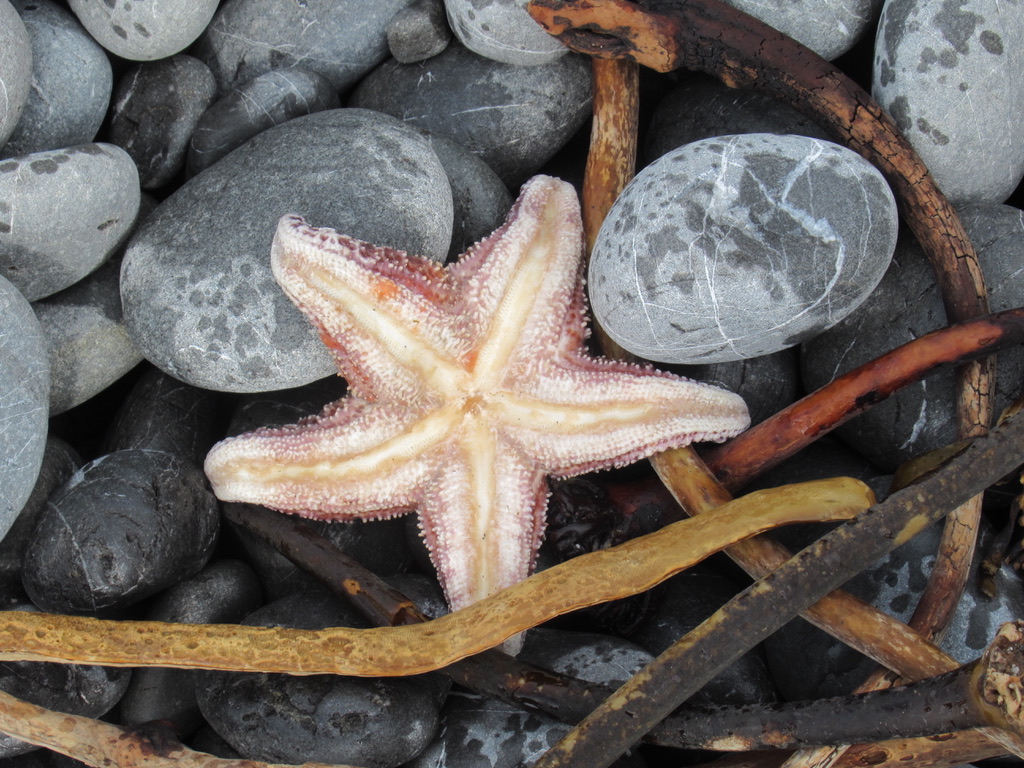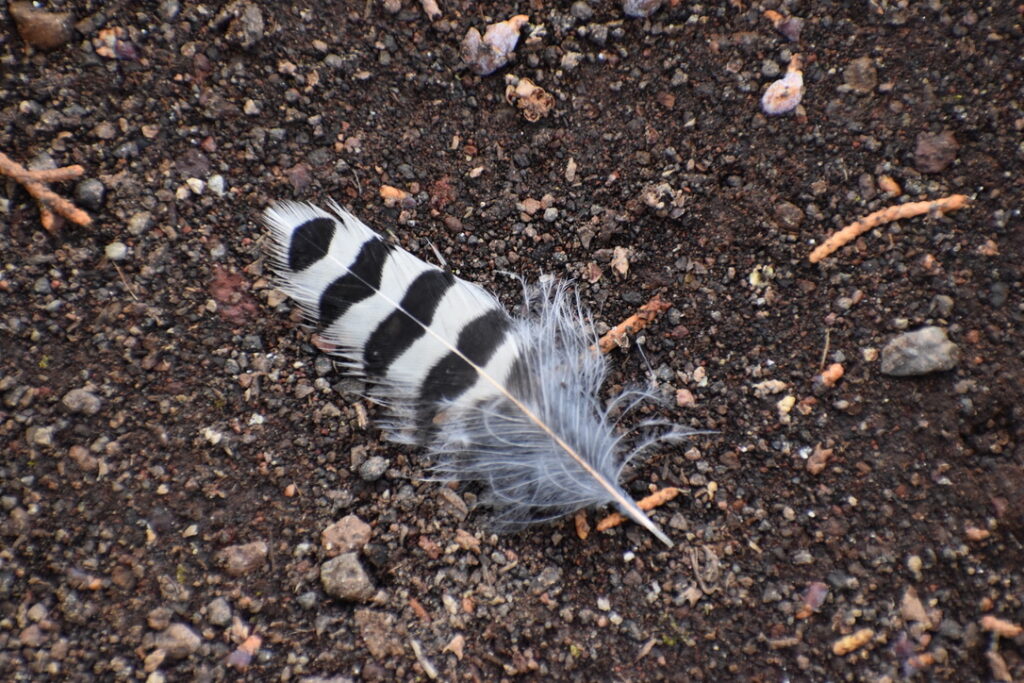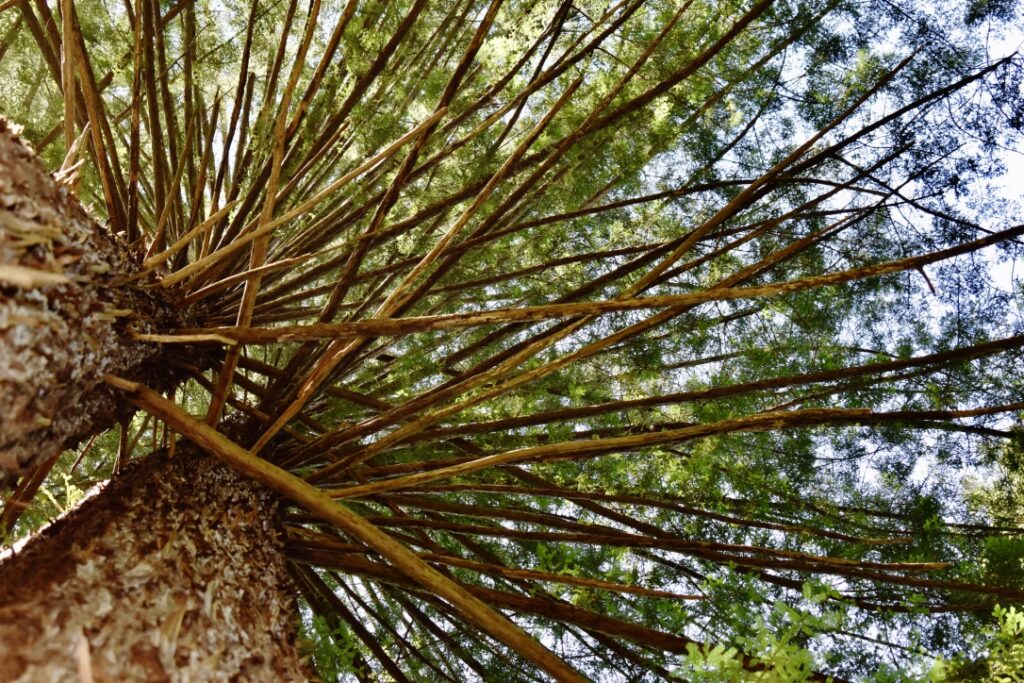The Giant Cultural Parasite, Part 2
Let’s begin with water.
Imagine a clear pond. Smoothly polished stones lie at the bottom. Small trout hide in the dappled shadows, waiting in quiet repose. All is still. Further out, the soft morning light reflects green mountains off the surface, and the golden shoreline is so uniform as to blur reflection and reality. The pond is a perfect mirror, a portal into another world indistinguishable from our own.
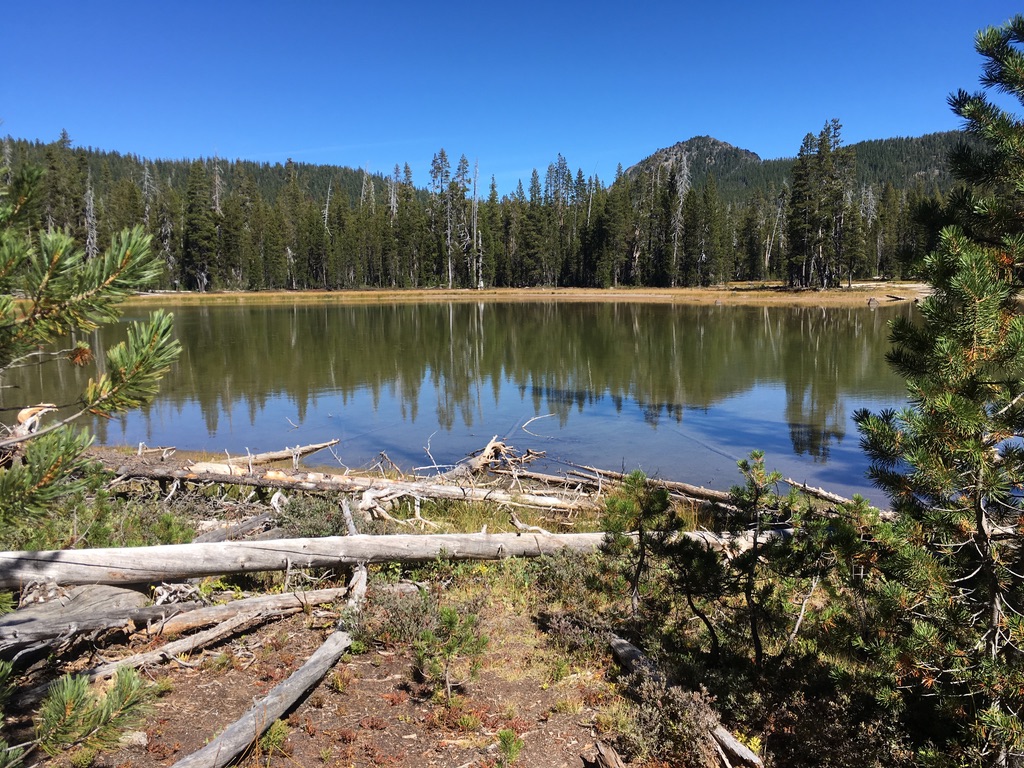
You toss a stone. It hangs at the top of its parabolic arc for a last moment of stillness, then plunges into the pool below. At the moment of impact it the pond sucks it under with a splurch, spitting a small column of water upward and catapulting a single drop into the air as the reflected world in the face of the pond disintegrates with a shudder. The fish scatter before the first concentric rings of waves have reached the shore.
You watch as those rings spread from the point of disturbance and cover the entire pond. They oscillate long after the moment of impact, and each one travels the entire distance to the shore to lap at its edges with a soft pulse of splashing waves.
These circles, waves, and oscillations are all patterned expressions of a single action.
Let’s replay what happened from the point of impact.
The stone slammed into molecules of water, which sent their force into more molecules of water. The force moved outward in every direction, creating a sphere of pressure that displaced the water and made space for the stone to pass through. The cross-section of the pressure sphere that intersected with the surface of the pond appeared as the first circle. As the stone continued to fall and exert pressure on the water below, the space behind it backfilled with water, which collided into itself and sent a column skyward. This first circle and column is the initial reaction.
Let’s pause here.
Reaction is a first principle, one of the axiomatic laws of the universe. In fact, it’s Newton’s third law of motion: For every action, there is an equal and opposite reaction. While the force of the stone pushed on the water, the water pushed back on the stone with equal force. That’s sort of a weird thought for most of us, and I encourage you to take a minute to ponder how the floor below you right now is not only supporting you, but is actually pushing up against you with a force exactly equal to the gravity that’s pulling you down. Later on, this law of reciprocality will become important in unexpected and fascinating ways.
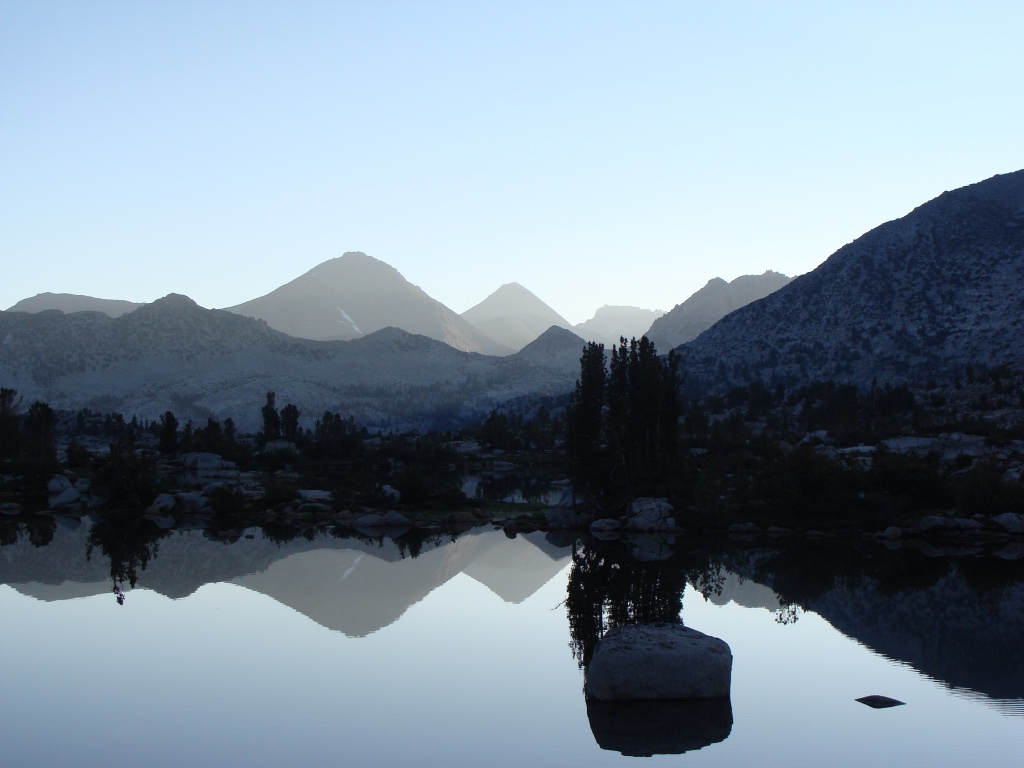
Okay, back to our pond. Why do the rings continue to form after the initial impact? The answer is in that column of water that we’ve left suspended in the air. Pressure forced it up, momentum kept it going, but gravity slowed it, and will continue to pull until it returns back to the surface of the lake.
Unpause.
The column of water slows, stops and returns in a parabolic arc that shares several features with the arc of the stone you tossed into the water. That’s because the same force (gravity) created both arcs. This might be obvious, but it’s important to point out: Constant forces lead to predictable, repeatable results.
As the column of water reaches the surface of the pond, it exerts pressure on the water that has filled in where the stone passed through. It creates another sphere of pressure, and the backlash sends the water back up. Momentum, gravity, pressure, reciprocation; momentum, gravity, pressure, reciprocation. It’s a cycle that would repeat itself endlessly if not for other forces—like the surface tension of the water—that dampen the effect and scatter its energy to other places.
What’s so important about this example is it shows how easily patterns replicate themselves. The single act of force provided by the stone creates several self-replicating patterns: oscillations, waves, circles and spheres.
We see self-replicating patterns throughout nature: crystals self-organize their atoms in latticeworks; oscillations between the seasons express themselves in the concentric rings of trees; bees create hexagonal honeycombs. Each is an example of simple mathematical rules that self-replicate into complex patterns.
Our pond gives us one example of how replication occurs on a small scale, with only a few forces in play. In the next chapter, we’ll talk about how additional forces create greater complexity, leading to the self-replicating patterns we call life. As we follow the thread all the way up to consciousness, memetics, and the systems that drive our culture, we’ll watch as these same laws and natural properties recur again and again at different scales. Those recurring laws will be the key to understanding why systems seem to have a life of their own—a life that is often at odds with human purposes.
